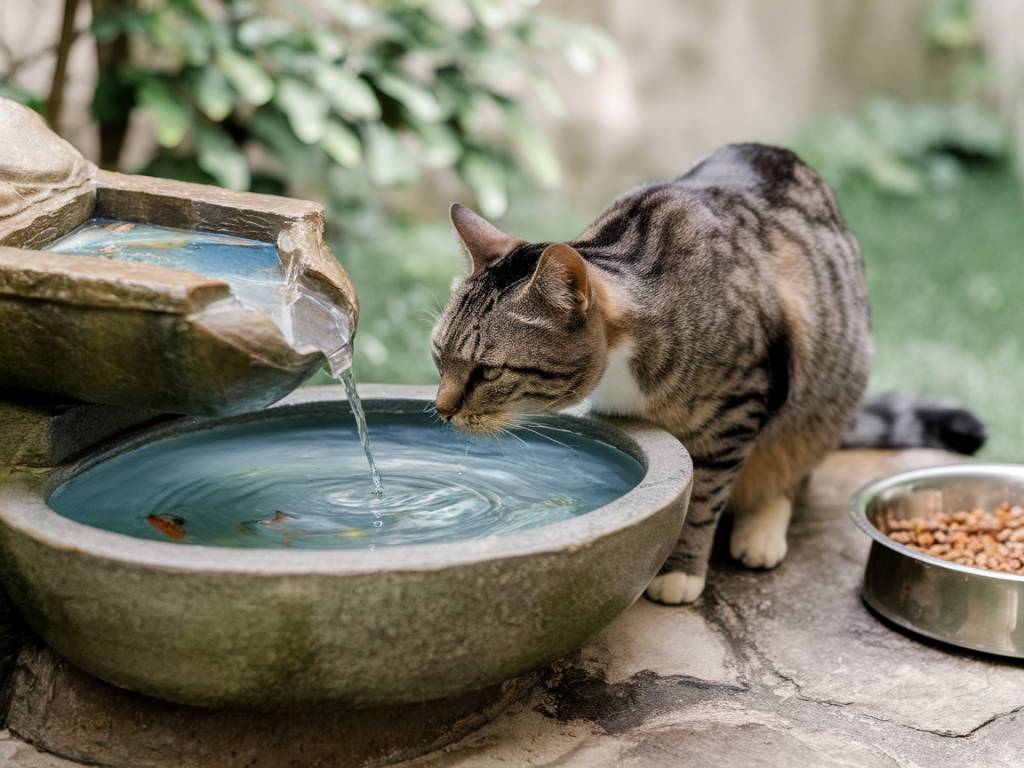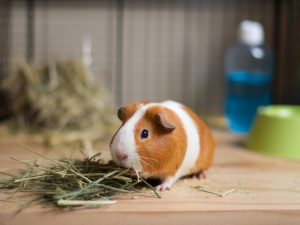hydration and cats: how to encourage your cat to drink more water

hydration and cats: how to encourage your cat to drink more water
Water is essential for all living beings, and our feline friends are no exception. Ensuring that your cat stays properly hydrated can prevent a range of health conditions and promote overall wellness. However, any cat owner knows that encouraging a cat to drink more water can be a challenge. Below, we’ll explore why hydration is crucial and offer practical tips on boosting your cat’s water intake.
Why Hydration is Important for Cats
Cats have evolved from desert-dwelling ancestors, which means they’re naturally good at conserving water. This adaptation often leads them to drink less than they should, relying on moisture from their food instead. Despite this inherited trait, modern pet cats often consume dry kibble, which doesn’t provide the essential moisture their bodies need.
Here are a few reasons why keeping your cat hydrated is critical:
- Kidney Function: Adequate hydration helps flush toxins out of the kidneys, reducing the risk of kidney disease—a common ailment in older cats.
- Urinary Tract Health: Proper water intake dilutes urine, preventing the formation of crystals and stones that can lead to urinary tract infections (UTIs).
- Digestive Health: Water assists in digestion and helps prevent constipation by ensuring normal bowel movements.
- Overall Well-being: A well-hydrated cat is more likely to maintain healthy skin, a shiny coat, and stay energetic and alert.
Signs Your Cat Might Be Dehydrated
It’s important to recognize when your cat may be dehydrated. Some common signs include:
- Lethargy: A sudden decrease in energy levels or activity.
- Sunken Eyes: Eyes appear less bright or sunken in.
- Dry Mouth or Nose: A dry or sticky mouth, or nostrils, can indicate dehydration.
- Poor Appetite: Loss of interest in food, possibly due to discomfort or other underlying health issues.
- Decreased Skin Elasticity: If you gently pull up on their skin and it doesn’t quickly return to its normal position, it’s a potential sign of dehydration.
Tips to Encourage Your Cat to Drink More Water
Convincing a cat to drink more water requires patience and creativity. Here are several methods you can try to increase your cat’s water intake:
- Invest in a Cat Water Fountain: Many cats are attracted to running water. A pet water fountain can simulate a stream, potentially enticing your cat to drink more.
- Change Water Regularly: Cats are finicky about cleanliness. Ensure her water bowl is freshened once or twice a day.
- Provide Multiple Water Sources: Place several bowls of water in different areas around your home to give your cat easy access.
- Choose the Right Bowl: Some cats prefer certain materials (like glass, ceramic, or stainless steel) over plastic, which can sometimes impart a taste.
- Add Flavor: Try adding a bit of flavor to the water with a low-sodium chicken broth or tuna juice to make it more appealing. Be sure to use only a small amount and check with your vet first.
- Feed Wet Food: Canned cat food contains significantly more water than dry kibble, helping to increase overall fluid intake.
- Ice Cubes: Some cats enjoy playing with ice cubes, and this play can encourage them to lick and drink the melting water.
- Use a Cat-Attracting Hydration Product: There are commercially available hydration additives that can encourage drinking through added taste.
- Monitor Stress Levels: Stress can reduce a cat’s water intake. Create a calming environment and keep routine changes minimal.
Creating a Hydration Routine
Developing a routine is key to inculcating better hydration habits in your cat. Here are some steps to build into your pet’s daily life:
- Observing Habits: Take note of when and how much your cat drinks. Knowing her natural rhythms can help in assessing whether strategies are working.
- Regular Vet Visits: Ensure your cat is in good health, as underlying health issues can affect hydration. Routine checkups are a preventative measure.
- Consistency is Key: Employ these strategies consistently to see results. Most behavioral changes in cats take time and gradual adaptation.
Seeking Veterinary Advice
If you’ve tried multiple approaches and your cat still doesn’t seem to be drinking enough, consult your veterinarian. Chronic dehydration can lead to severe health complications. A vet can rule out any medical issues and may suggest alternative solutions or interventions to maintain regular hydration levels.
Keeing your cat well-hydrated is a vital part of ensuring her good health and happiness. As independent as our feline friends may be, they rely on us to create environments and habits that cater to their well-being. By using the tips above, you’re taking a proactive step in your cat’s health journey.
Until next time, take care of your furry companions!
Lisa Tissed





